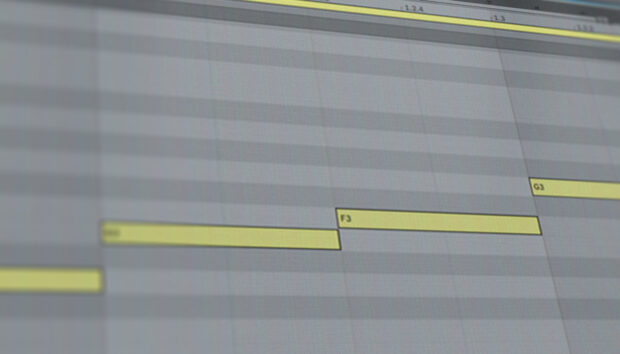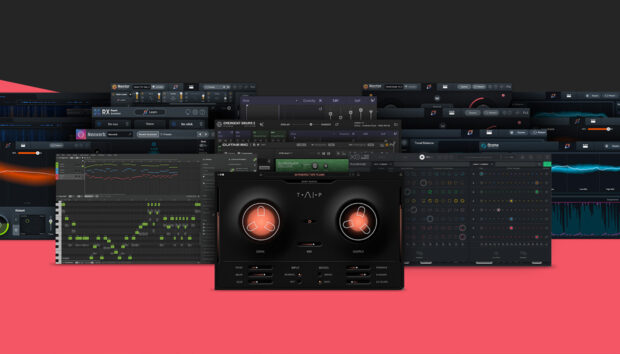
Programming and developing Digital Signal Processing (DSP) is a math-based artform, and for this reason often offputting to most musicians. The good news is, that thanks to music platforms and environments like REAKTOR it is now easier than ever to learn and experiment with DSP, without the need for a prior doctorate degree in math.
Simply explained, DSP takes real-life signals that have been digitized and manipulates them mathematically by adding, subtracting, dividing, or multiplying the signal path. You find it in the form of a filter, ADSR, or delay effect in your soft and hardware synths, or modulars.
Developing DSP on a sophisticated level obviously not only requires the mathematical and coding aspect but also you need to have an ear for music and a sense of art. There are only a few people out there capable of giving an understanding of DSP in a clear and accessible way as Vadim Zavalishin does.
In this video, the inventor of REAKTOR Core and in-house DSP developer at Native Instruments dives deeper into the art of Digital Sound Processing. During a talk that was recorded at the SRH University of Popular Arts in Berlin earlier this year, Zavalishin explains how he made a lot of REAKTOR ensembles sound better by using analogue-style filter modeling, and goes deep into its sonic details that were added to REAKTOR’s 6.2.2 update.
Also highly recommended and a bit shorter in length is Vadim Zavalishin’s talk at Native Sessions: Patch. Play. Build. Back in 2016. Here he gives a detailed hands-on explanation of modifying a filter in Core.















